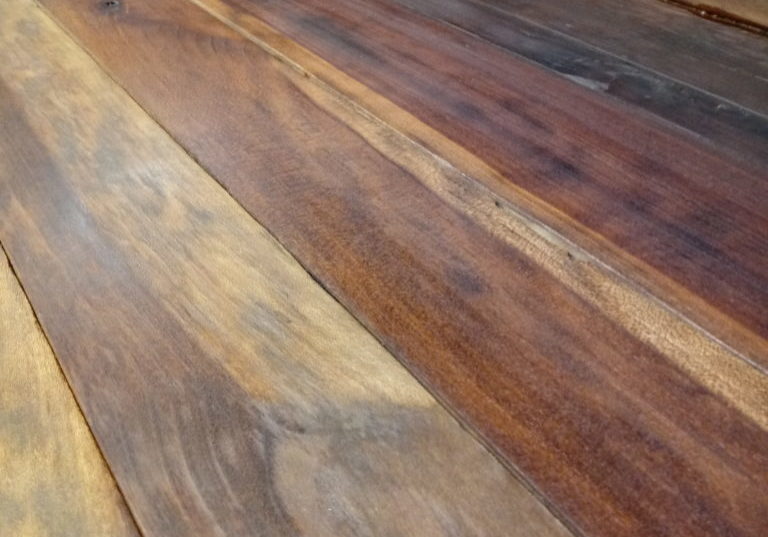Rejuvenating and Caring for Your Cane Furniture
 What is Cane Furniture?
What is Cane Furniture?
You have probably heard both the terms wicker and cane furniture tossed around. Cane refers to the grass used in some kinds of wicker furniture, with Arundo grass found in the Mediterranean and East Asia, and Arundinaria common in the Americas. Wicker is the process through which cane furniture is made, and can also refer to the process of making furniture from certain other materials, including bamboo, rattan, stalks, palm, or even plastic. Cane is a more specific category and is flexible and woody. It has been used as a furniture material for generations in cultures across the world. Whether you have new or antique cane pieces, proper cane furniture care can help it last for many years in your home or outdoor area.
Keep Your Cane Furniture Away from Heat and Humidity
Even though cane is a natural grass material, it is still damaged by heat, direct sunlight, and low humidity levels. If your cane furniture is outside, keep it under cover when not in use. Avoid heater ducts inside and consider a humidifier during wintertime to ensure the air is moist enough. Using furniture polish can also help rejuvenate cane furniture. Mineral oil, orange oil, and lemon oil help protect the cane if applied several times annually.
Protect Your Cane Seats
While expertly woven cane furniture is strong, a chair pad or cushion helps distribute weight more evenly, which takes the pressure off individual cane strands. The simple process of adding a cushion can help you care for your cane chairs and can make them last much longer.
If your cane furniture becomes dirty or grimy, rejuvenate the seat areas with mild detergent and warm water applied with a damp cloth or soft brush. Ensure that after cleaning, the cane dries on a warm day, so mold and mildew do not set in. Wait 48-72 hours to sit on the chair again so the cane strands do not stretch.
Where Should You Store Cane Furniture?
You should not store cane furniture in areas with high humidity or moisture because mold and mildew can permanently damage your pieces. For optimal cane furniture care, avoid basements, crawl spaces, and other areas without adequate air circulation. If your furniture is outside, make sure to cover it during rain and place it in humidified storage during colder, drier months. Cane furniture requires a specific humidity. Anything too dry or too wet can damage it, so make sure to control the moisture levels.
How Do I Repair Damage to My Cane Furniture?
Do you have damage to your cane furniture? If your seat is sagging, strands have come loose, or you see discoloration, contact Aaron’s Touch Up for cane furniture restoration in the Dallas-Fort Worth area. We have the expertise you need to rejuvenate your cane furniture and enable you to continue using it for years to come.



